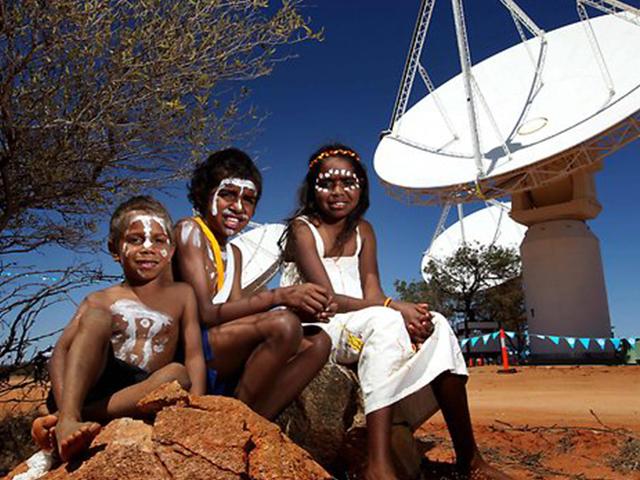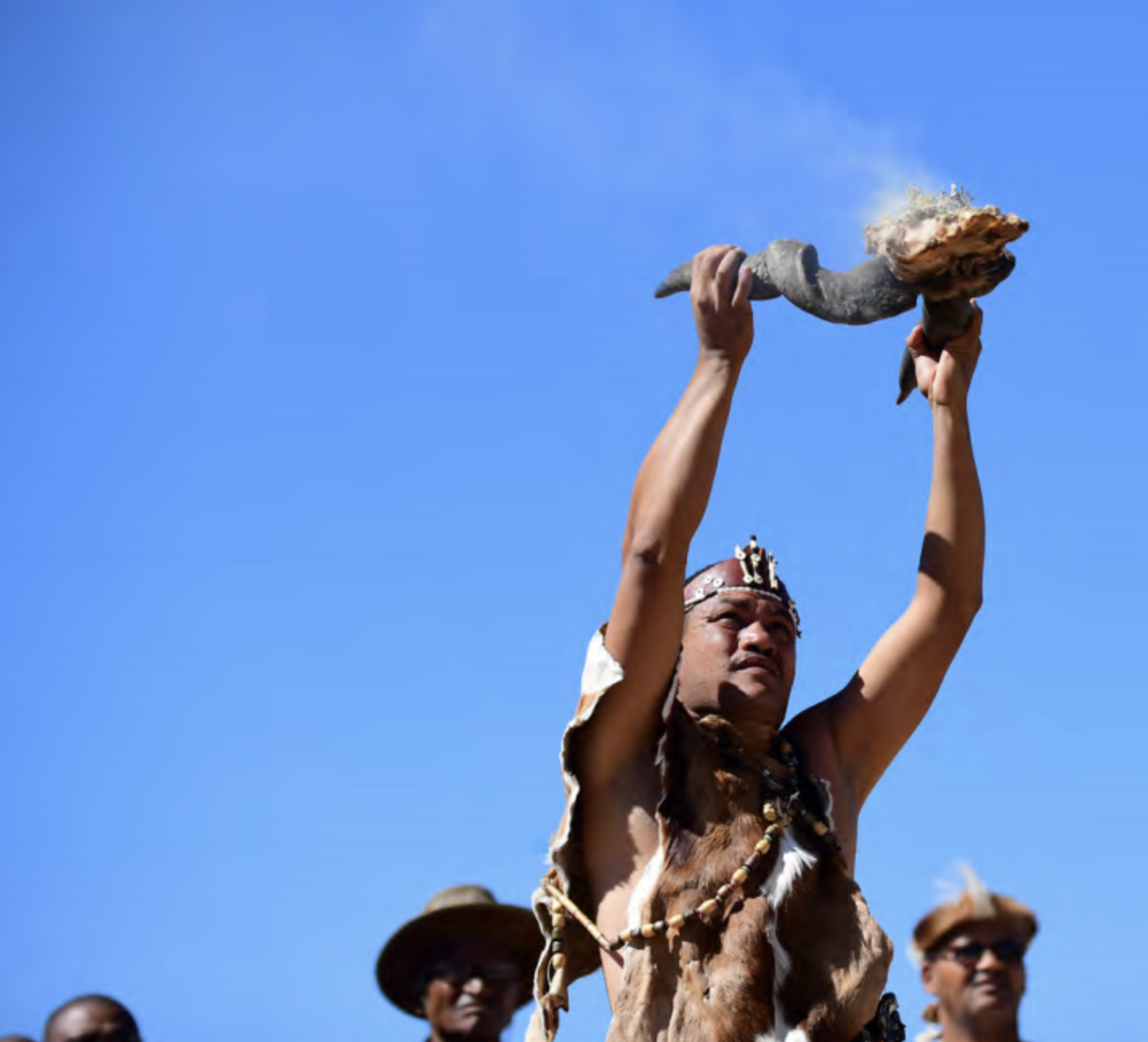Local and Indigenous communities
In Australia, the SKA will be located on the traditional lands of the Wajarri Yamaji in the Mid-West Region of Western Australia. It is an ancient landscape and geologists have identified some of the oldest rocks on Earth close to the SKA site. There is also evidence that the Wajarri Yamaji have lived on this land for tens of thousands of years.
The Australian Government is working with the Wajarri Yamaji to negotiate an Indigenous Land Use Agreement (ILUA) to access the site and realise the SKA project on Wajarri Yamaji country, providing a range of financial and non-financial benefits to the Wajarri Yamaji in exchange for their consent to establish the SKA on their traditional lands. This agreement will provide sustainable and intergenerational benefits in areas such as enterprise and training, education and culture.
There will also be a requirement for all people working at the site to undertake cultural training to promote understanding and respect for traditions and culture and foster good relations between SKA personnel and the Wajarri Yamaji.
Wajarri Yamaji heritage and its protection at the SKA site is of critical importance. CSIRO has been working with the Wajarri Yamaji since April 2018 to survey (or walkover) the areas of land impacted by SKA infrastructure to record and protect heritage sites. The walkover team includes a group of Wajarri Elders as well as an archaeologist and anthropologist.
A Cultural Heritage Management Plan will control future project activities to ensure ongoing protection for Wajarri Yamaji heritage. During the construction phase of SKA-Low, Wajarri site monitors will track and witness construction activities to ensure day-to-day compliance with the Plan.
The Wajarri Yamaji will continue to access the vast majority of the MRO to exercise their native title rights.

In South Africa, the Karoo region was walked by the early ancestors of the San people, who are considered to be some of the most ancient people on Earth, having been around for the past 22,000 years. Today, there are still significant indicators of cultural heritage found on the land around the South African SKA site.
By taking the Indigenous knowledge systems that focus on astronomy and cosmology seriously, SARAO and the SKAO aim to ensure that this knowledge is not portrayed as unscientific or dissimilar to Western science. SARAO already engages in a variety of activities to support this objective, thus bridging the divide between ancient indigenous knowledge systems and some of the most advanced technology and astronomy projects in history.
The San were involved in ecology and heritage studies conducted as part of the strategic environmental assessment required to construct the SKA. These studies entailed walking the land to identify cultural heritage, fauna, and flora then documenting and sharing the findings with the San Council. Extensive work has also been conducted to preserve knowledge of traditional use of medicinal plants in the area.
SARAO's support and initiatives are contributing to preserving local Indigenous knowledge, helping South Africa safeguard a culture that is part of its heritage.
Additionally, the telescopes being built on the South African site are important vehicles for human capital development across a variety of demographics on the African continent. For example, 90% of Karoo-based MeerKAT staff originate from local communities, while the Development in Africa with Radio Astronomy (DARA) project has provided radio astronomy and data science training to hundreds of students in Botswana, Ghana, Kenya, Madagascar, Mauritius, Mozambique, Namibia and Zambia.





